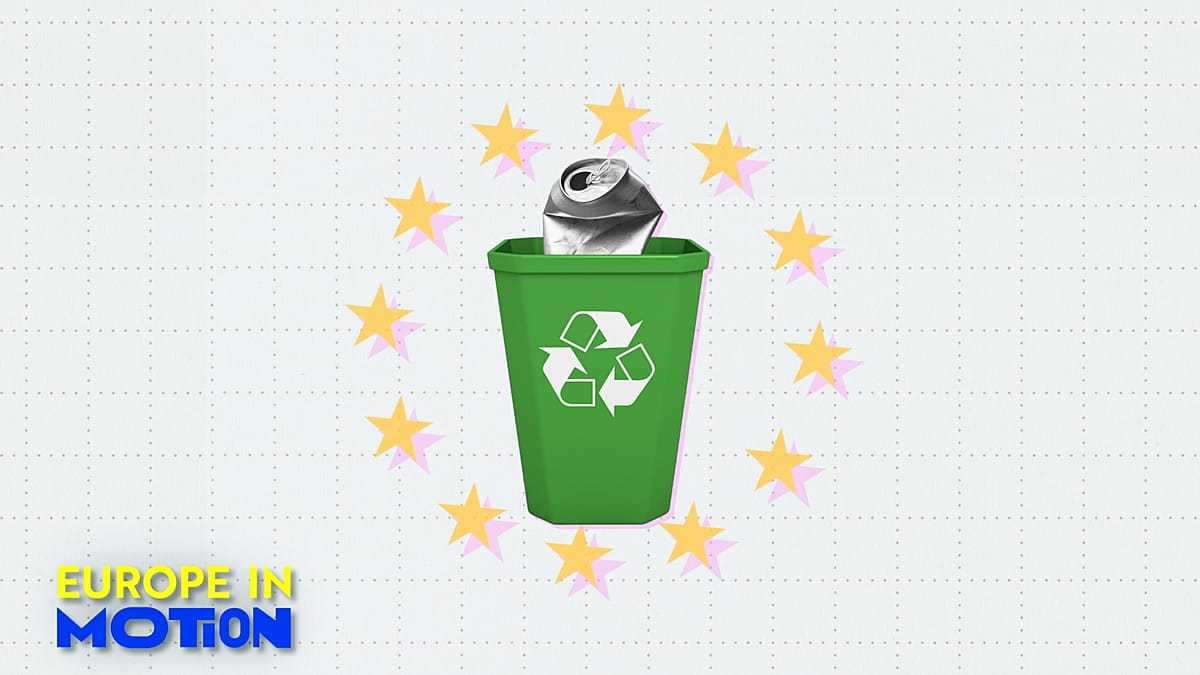Progress on recycling materials across the European Union hasn’t been outstanding in the past decade.
Between 2015 and 2024, the rate of recycling across the bloc increased by only one percentage point: From 11.2% to 12.2%, according to the latest Eurostat data.
When it comes to avoiding the extraction of new raw materials, one country, the Netherlands, stands out among all others, with a rate of nearly 33%.
Neighbouring Belgium comes in second place with 22.7%, followed by Italy in third place with almost 22%.
At the bottom of the table, with the lowest recycling rate, is Romania, with just 1.3%, followed by Finland and Ireland, both at 2%.
The EU’s Circular Economy Plan has set a target of 23.2% for material recycling by 2030.
“Circularity is an essential part of a wider transformation of industry towards climate-neutrality and long-term competitiveness”, said EU authorities. “It can deliver substantial material savings throughout value chains and production processes, generate extra value and unlock economic opportunities.”
However, the goal now seems out of reach, given the slow growth rate in the past 10 years.
“The use of primary materials tends to increase more than secondary materials, hampering a proper increase in the circularity rate”, Zero Waste‘s Chemical Recycling officer Lauriane Veillard told Europe in Motion.
“While we recycle more tonnes in (absolute) numbers, production goes up quicker, so the resulting percentage is not looking great, resulting in 1% in the last 10 years,” she said.
On Wednesday, EU industrial strategy chief Stéphane Séjourné said that recycling is going to be crucial to reducing the bloc’s dependency on critical raw materials imports from China.
In six countries, recycling rates have been decreasing over the past decade, particularly in Poland (-4.2%) and Finland (-3.2%).
Other declines, albeit slower, were seen in France (-1.3%), Spain (-0.2%), Ireland (-0.1%), and Romania (0.4%).
On the other hand, Malta showed a considerable 14% growth in recycled materials. Estonia also performed very well, with 9% more since 2014, followed by the Czech Republic at almost 8%.
When examining the different types of materials recycled, metal ores have the highest circularity rate at 23.4%, followed by non-metallic minerals with 14.3%.
Next is biomass, 9.9%, and fossil energy materials or carriers with 3.8%.
